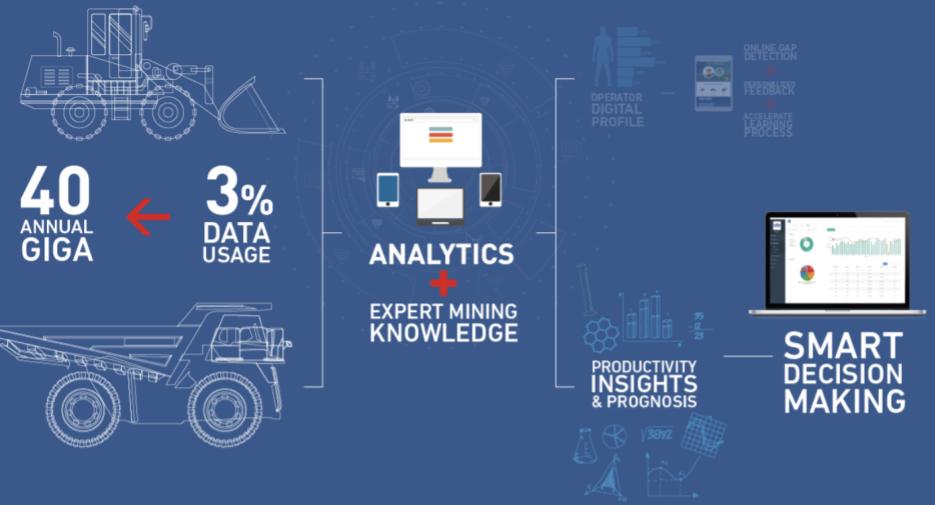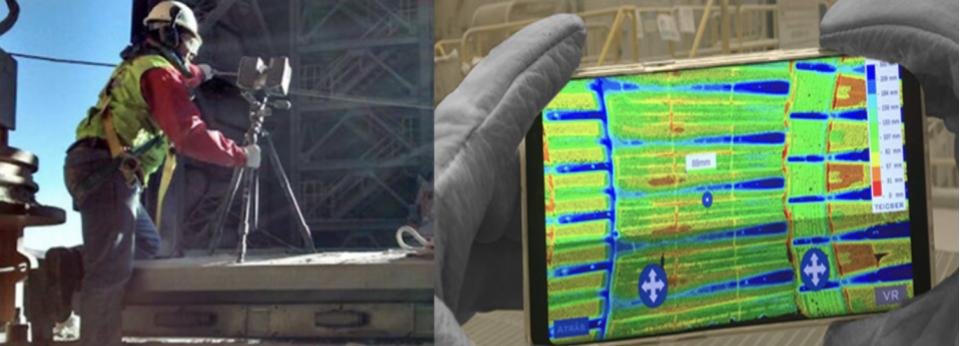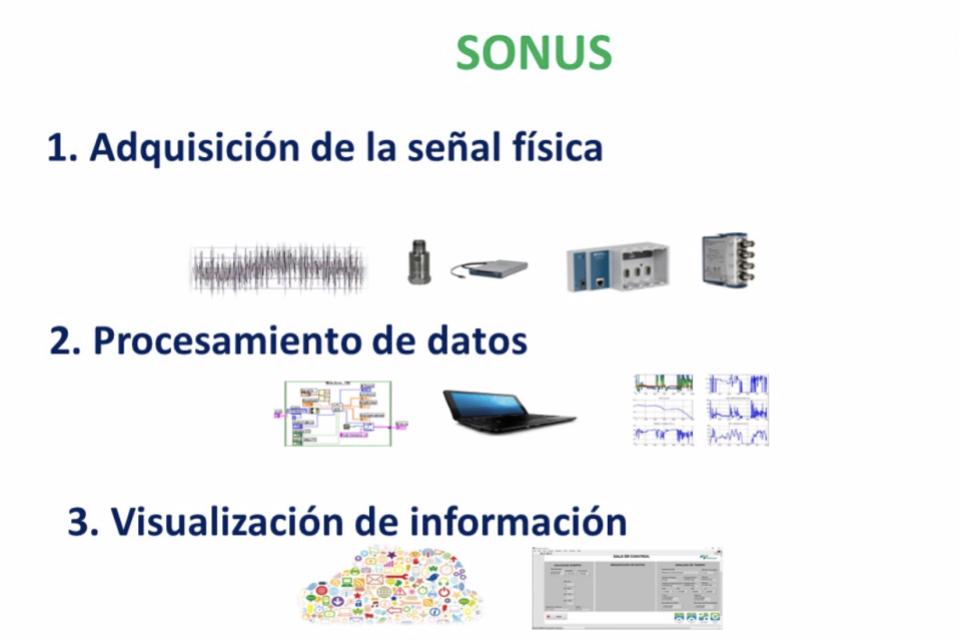SHARE
Increasing Mining Innovation through Startups
The mining sector in Chile amounted to 10% of the GDP in 2018 and 27,9% of the world's copper production, over 5,5 million tons. According to Jorge Cantallops, Head of the Research and Policy Planning Department at the Chilean Copper Commission (Cochilco), mining production in Chile has stagnated for years, with a concerning loss of competitiveness compared to other countries. Besides, its challenges go beyond operational efficiency, a re-imagination of sustainable mining is necessary.
In the last decade, Chile has become a Latin American reference for mining innovation, which was possible thanks to a governmental boost through the Start-up Chile incubator and the Production Development Corporation (Corfo), universities (3IE, Innovo, Chrysalis), the private sector (Antofagasta Minerals, Codelco Tech) and pilot testing centers for the validation of new technologies.
It makes sense that the solutions developed and provided by startups are related to the mining companies' main concerns: productivity loss and increase in cost production. The proposed solutions include, in many cases, global technological trends:
- Big data to be used in the handling of big volumes of industry information,
- Machine learning to be used in the automatic learning of systems that enable a reduction in human activity in dangerous or repetitive operations,
- IoT to obtain information from the equipment on site and transmit it in real time, etc. In sum, all kinds of technologies that enable an integrated control, management, traceability, and monitoring system of the operations.
Other important developments are related to sensorization and specific monitoring of tailing dams - you can read more specific information about the technologies used in tailings in this other article - and the implementation of predictive systems in processes like grinding, crushing, loading, among others.
Here are 4 solutions developed by startups related to the above-mentioned fields.
1. Integrated application for the detection of operational losses and projections

IDIMIN is a company that has developed a platform that detects operation breaches and predicts the future productivity of every element of the process by using technologies like Big Data, IoT, Analytics and Computer Vision. The development of this solution was possible mainly thanks to the great amount of information collected at mining sites (40 Gb/year) and the small fraction that is actually used (3%).
For instance, there are different key factors (KPI) in loading like the average filling time, the effective load, the loading rate, among others, that characterize the operator. Furthermore, it is possible to link this characterization with training hours, previous experience hours, age, etc. with the goal of searching for potential sources of operational loss. The latter can be replicated in the other unitary processes by performing the correct adjustments.
2. Virtual reality applied to staff training
Yoy Simulators has developed a training program in different industrial fields by using virtual reality devices. The application's goal is to reduce the cost of the use of real machinery in the training sessions because that same machinery could be producing instead. Besides, Out of Place training has a disadvantage: once the training is over, the initial performance of the workers are generally below the company's goals.

This technology could be applied in the case of mining transportation, where the experience of every operator is fundamental for the efficiency of the process. The function of virtual reality in this process is to complement the currently-used training techniques.
Moreover, it is possible to apply virtual reality in much wider fields than machinery operator training.
3. Teicser: Monitoring the thickness of the mills using 3D scanners
In the past years, this company has developed Mill Ray, whose function is to monitor the effective thickness of the mills using a 3D laser scanner. This modality enables systematic updates of the information regarding the physical wear of the mill, rescheduling the maintenance works and reducing the non-scheduled maintenance activities.
It is estimated that non-scheduled maintenance works have a cost between 5 and 8 times higher than a scheduled one. Once the information is collected, it is possible to see it in a mobile app or a 3D visor, both inside and outside the mill. This increases the visualization versatility of the collected results, thus becoming more attractive from a technical, aesthetic and practical point of view.
4. Predictive system for equipment activated by rotational engines
RedBrayn is a tech-based company focused on solving problems from non-scheduled catastrophic faults that happen for the lack of a predictive maintenance program. It developed Sonus, which focuses on equipment activated by rotational engines, widely used in many industrial processes, enabling the detection of faults up to 3 months in advance.
The collected information for Sonus can come from different sources: real-time vibration reports, historical data about performance and faults, data about the dynamic behavior of the machinery, etc.
Share with us other amazing startups doing mining innovation and explore what ennomotive has to offer. Join our community of engineers

